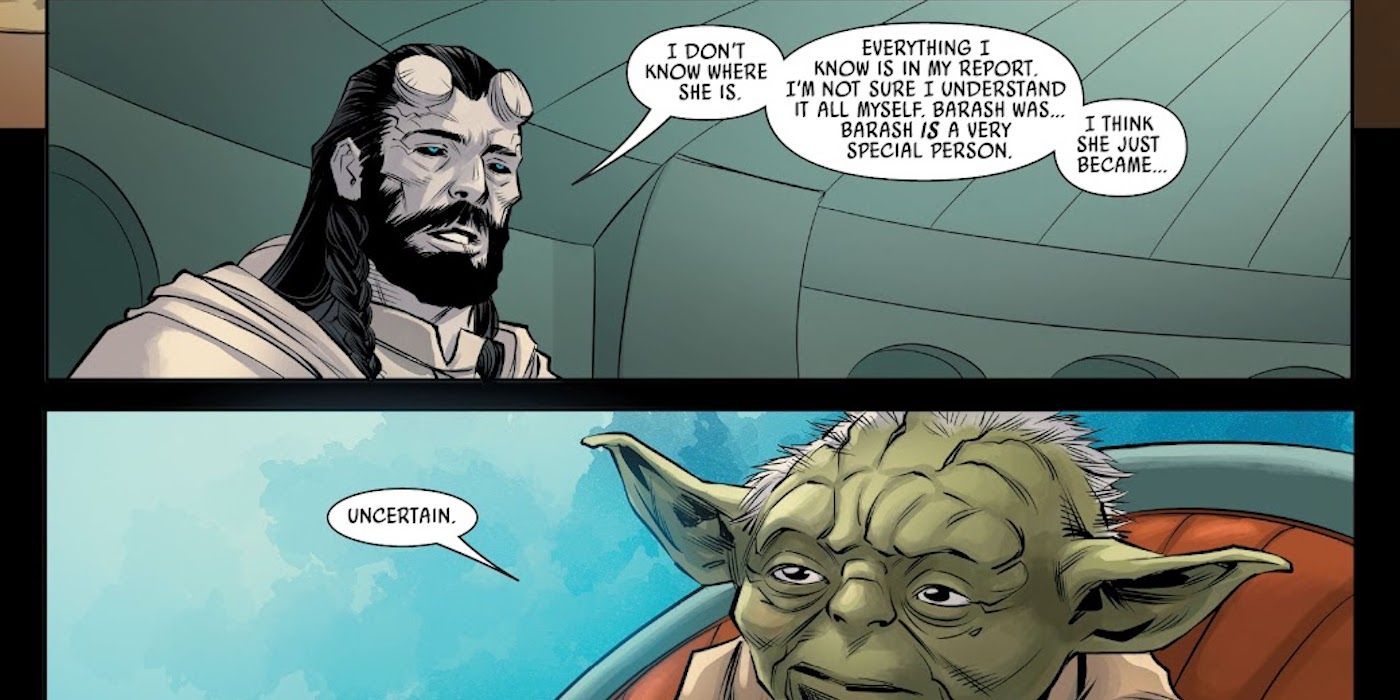Barash Vow in Literature

The Barash Vow, also known as the Oath of the Twelve, is a significant literary device that has been used in various works of literature throughout history. It is a solemn vow taken by a group of individuals, typically twelve in number, to undertake a perilous quest or mission. The vow is often accompanied by a set of rules or conditions that must be adhered to, and its violation can lead to dire consequences.
Barash Vow, a tradition that involves an oath of loyalty and protection, holds great significance in many cultures. In a similar vein, the acolyte time in the acolyte time serves as a period of apprenticeship and initiation, where young followers are guided by experienced mentors.
This connection between Barash Vow and the acolyte time highlights the importance of mentorship and the passing down of knowledge and traditions.
Significance of the Barash Vow
The Barash Vow serves several important functions in literature. It can create a sense of unity and camaraderie among the characters, as they are bound together by a common purpose. It can also raise the stakes of the narrative, as the characters must face the consequences of their actions if they break the vow. Additionally, the Barash Vow can be used to explore themes such as loyalty, betrayal, and the nature of good and evil.
Barash vow, an ancient tradition passed down through generations, finds its echo in the acolyte osha, the acolyte osha. Their sacred rituals bear striking similarities to the barash vow, a testament to the enduring power of ancient beliefs. As the barash vow continues to shape the lives of its followers, the acolyte osha serve as a reminder of the deep roots of spirituality that bind us together.
Examples of the Barash Vow in Literature
One of the most famous examples of the Barash Vow in literature is found in the epic poem “Beowulf.” In this poem, twelve warriors, led by the hero Beowulf, vow to protect the kingdom of Hrothgar from the monster Grendel. The warriors must adhere to a set of rules, including not using weapons against Grendel, and they must remain loyal to each other. If they break the vow, they will be punished by death.
The Barash vow is a sacred promise made by the Barash people of Pakistan. It is a commitment to live in peace and harmony with all creatures, including flying spiders. The Barash believe that all living beings are connected and that we must respect and protect each other.
The vow is a reminder of this important principle and helps to ensure that the Barash people live in harmony with their environment.
Another example of the Barash Vow can be found in the novel “The Lord of the Rings” by J.R.R. Tolkien. In this novel, a group of twelve companions, known as the Fellowship of the Ring, vow to travel to Mount Doom and destroy the One Ring, an evil artifact that threatens to destroy Middle-earth. The companions must overcome many obstacles and face many dangers on their journey, and they must remain loyal to each other and to their mission. If they break the vow, they will fail in their quest and Middle-earth will be doomed.
The Barash Vow, a sacred pledge of loyalty and unity, has been invoked by countless individuals throughout history. Alec Baldwin , the renowned actor and activist, has also spoken out about the importance of such vows, emphasizing their power to strengthen bonds and inspire collective action.
Indeed, the Barash Vow remains a testament to the enduring human need for connection and shared purpose.
Cultural and Historical Context of the Barash Vow
The Barash Vow has its roots in ancient Germanic and Celtic cultures. In these cultures, it was common for warriors to swear oaths of loyalty to their leaders and to each other. These oaths were often accompanied by a set of rules or conditions that must be adhered to, and their violation could lead to severe consequences. The Barash Vow is a literary device that draws on this cultural and historical tradition.
The Barash vow, a sacred covenant among the daughters of the land, echoes through the annals of time. Its whispers have reached the ears of Master Indara , a renowned scholar whose wisdom guides the seekers of knowledge. As he delves into the intricacies of the Barash vow, Master Indara unravels the threads that bind women together, forging an unbreakable bond that transcends generations.
Barash Vow in Cultural Practices

The Barash Vow holds a significant place in various cultural practices, including marriage ceremonies and religious rituals. Its symbolism and meaning vary across different cultures, but it consistently represents a profound commitment and connection.
Marriage Ceremonies
- In traditional Hindu weddings, the Barash Vow is a sacred promise made by the bride and groom to each other, symbolizing their unwavering love and support. The vow is often recited seven times, representing the seven vows of marriage.
- In some Muslim cultures, the Barash Vow is a declaration of intent made by the groom to his bride, expressing his commitment to provide for and protect her.
Religious Rituals
- In Zoroastrianism, the Barash Vow is a ritual performed during the Navjote ceremony, where young individuals are initiated into the faith. The vow signifies their commitment to follow the teachings of Zoroaster and live a righteous life.
- In Sikhism, the Barash Vow is part of the Anand Karaj ceremony, representing the union of two souls in the presence of the Guru Granth Sahib. The vow emphasizes the equality and mutual respect between the bride and groom.
Evolution and Social Customs
The Barash Vow has evolved over time, reflecting changing social customs and values. In some cultures, the vow has become more symbolic, while in others, it retains its traditional significance. However, its essence as a pledge of commitment and connection remains.
Barash Vow in Contemporary Society

In the modern world, the Barash Vow remains a relevant and influential concept. Its core principles of empathy, compassion, and mutual support continue to resonate with individuals and communities, inspiring them to make a positive impact on the world.
The Barash Vow has been adapted and interpreted in diverse ways in contemporary art, literature, and popular culture. For example, in the novel “The Kite Runner” by Khaled Hosseini, the protagonist Amir grapples with the consequences of breaking a Barash Vow he made to his friend Hassan. The novel explores the profound impact of the Barash Vow on Amir’s life and his journey towards redemption.
Artistic Interpretations
Contemporary artists have also drawn inspiration from the Barash Vow. The artist Shirin Neshat’s photography series “Women Without Men” depicts Iranian women who have been marginalized and oppressed. Neshat’s work explores the ways in which the Barash Vow can empower women to resist injustice and create a more just and equitable society.
Cultural Significance
The Barash Vow continues to inspire individuals and communities around the world. In Afghanistan, the Barash Vow is often invoked to resolve conflicts and promote reconciliation. In India, the Barash Vow is a central part of the Bhakti tradition, which emphasizes the importance of love and devotion to God.
The Barash Vow is a timeless concept that transcends cultural and geographical boundaries. Its principles of empathy, compassion, and mutual support continue to guide individuals and communities in their quest for a more just and harmonious world.